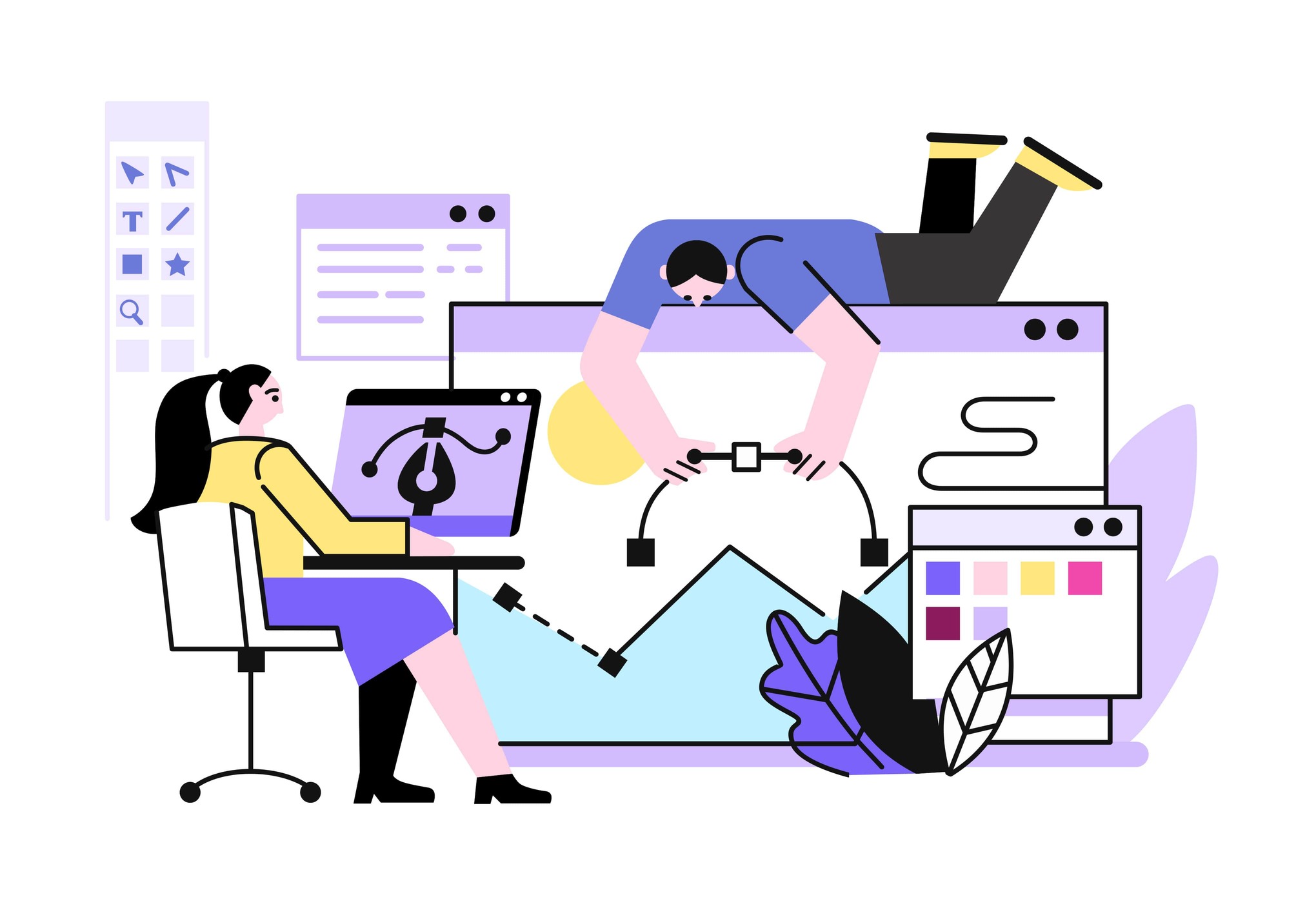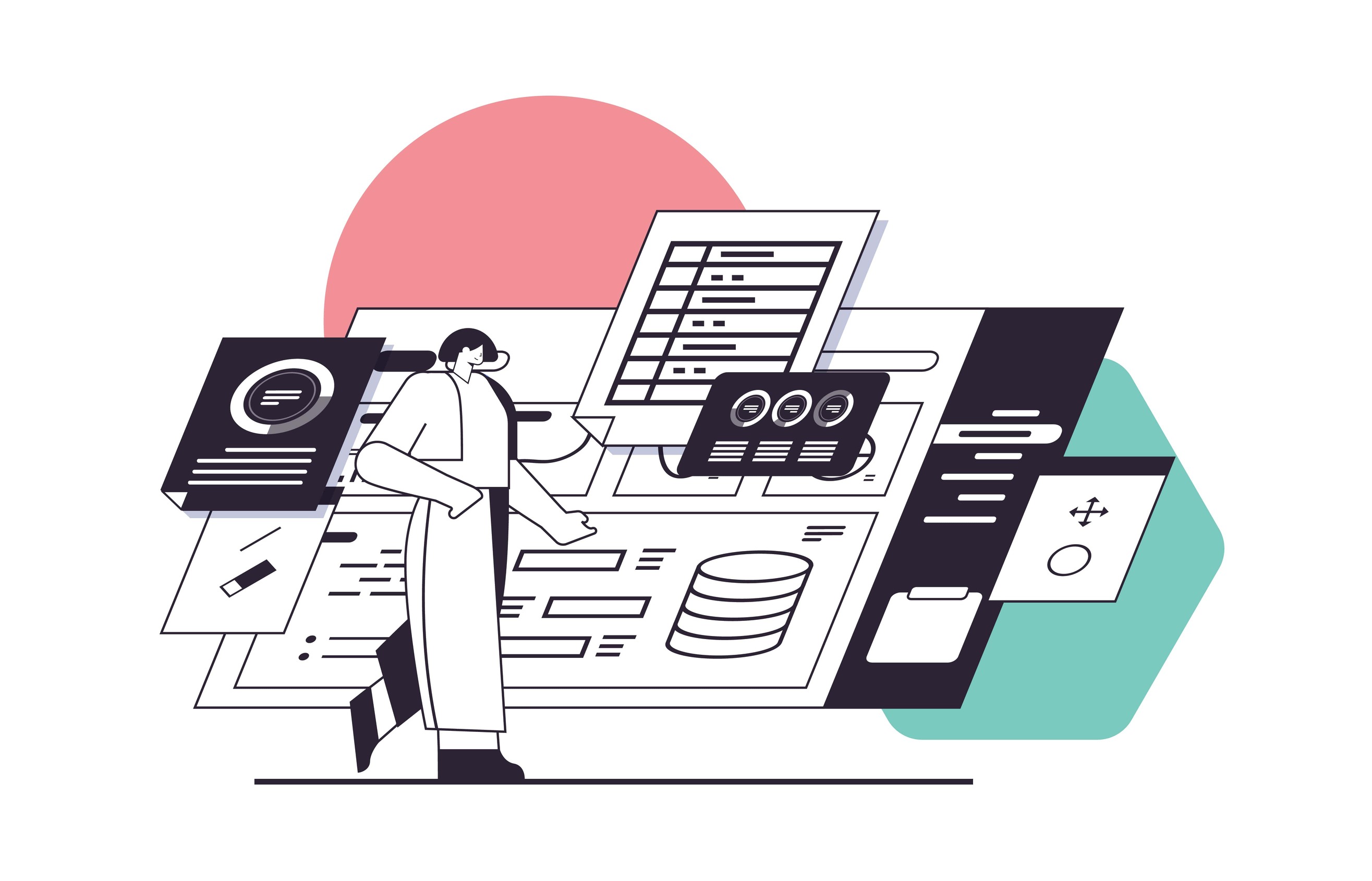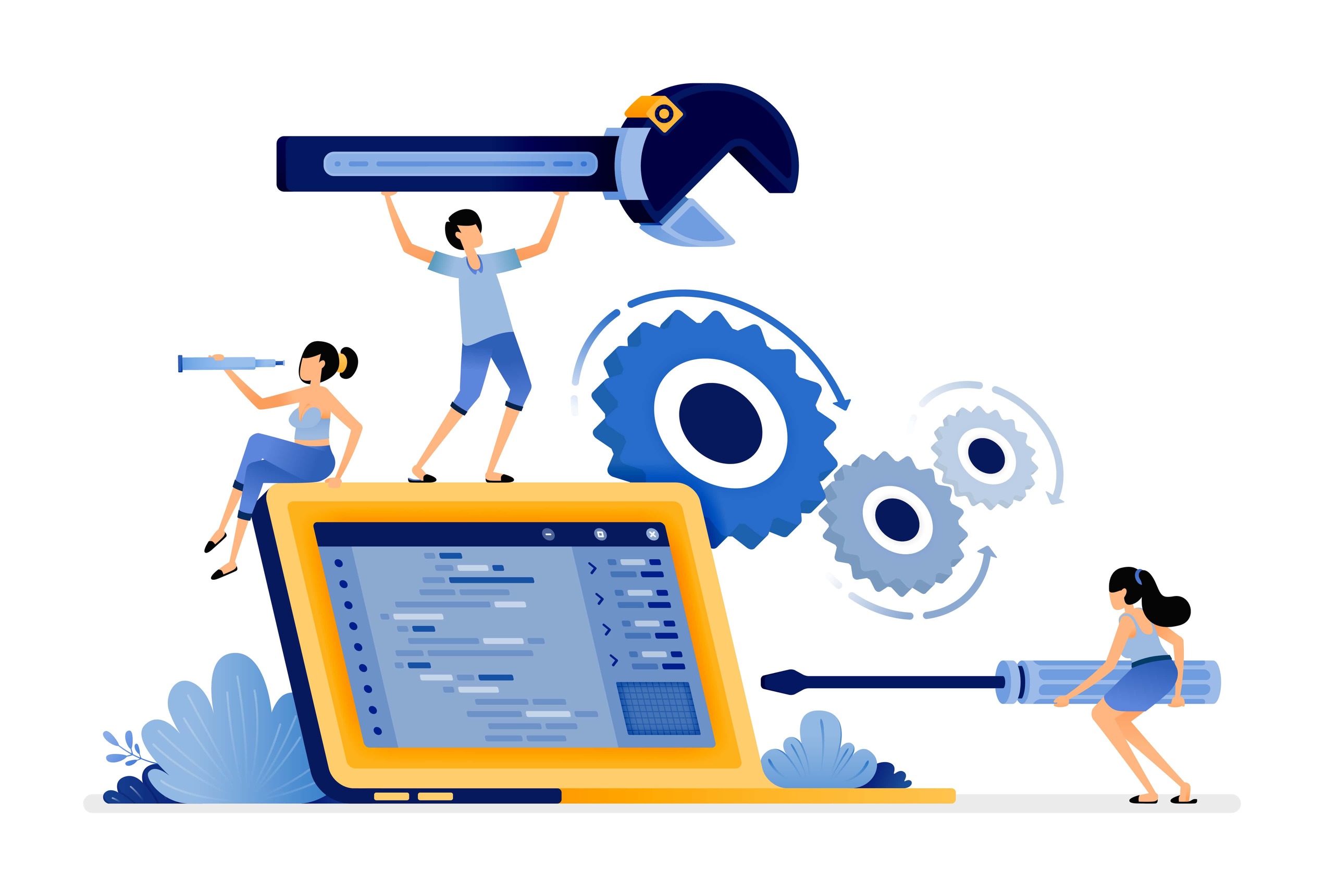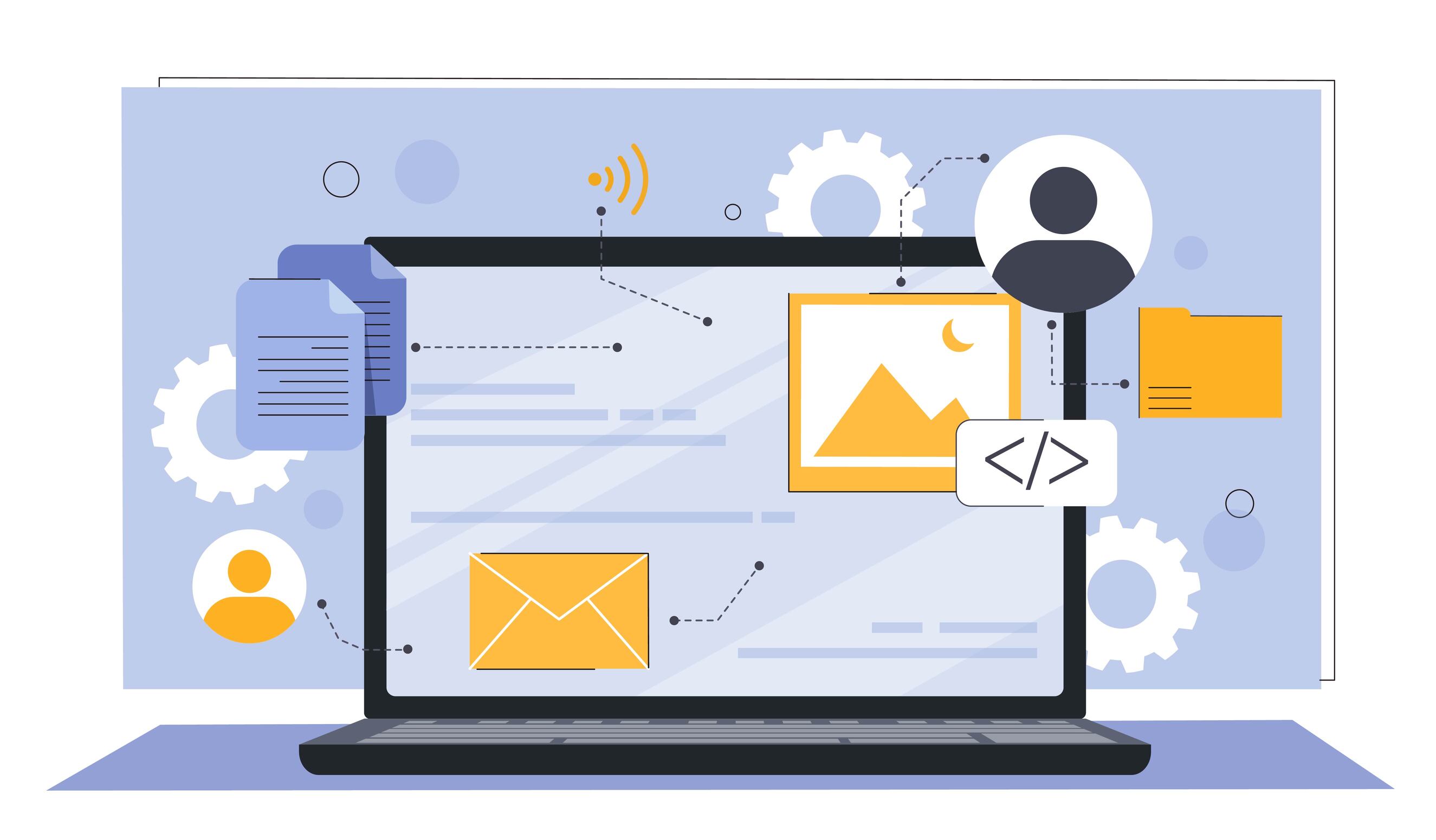Corporate Portal for Human Resources – Making Everything Simpler
Corporate portal

 2136
2136 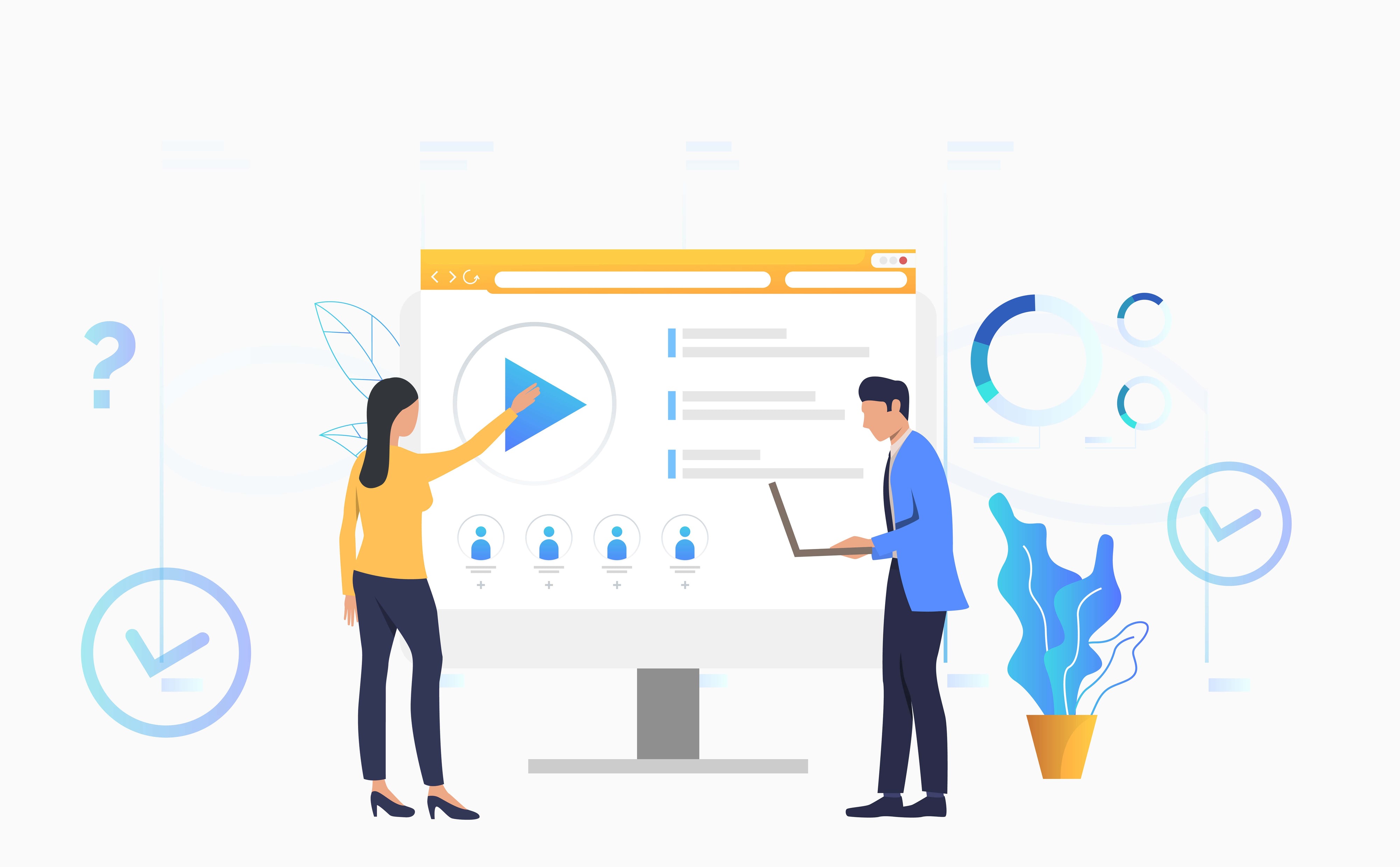
Revolution in Human Resources: How to Transform Your Corporate Portal into a Strategic Asset for Your Business
In today's digital era, efficient management of human resources is critical to the success of any organization. Corporate Portal for Human Resources is a vital tool for streamlining processes, enhancing communication, and promoting employee engagement. However, building such a portal presents unique challenges that must be addressed.
Challenges in Establishing a Corporate Portal for Human Resources:
- Integration with Existing Systems: The portal must seamlessly interface with other HR systems such as payroll, attendance, and recruitment systems, which are often based on different technologies.
- Data Security and Privacy: Employee information is highly sensitive, and the portal must include advanced security measures and well-defined access permissions to protect employee privacy.
- Adoption by Employees: The success of the portal largely depends on employees' willingness to use it. A cumbersome or non-intuitive interface may deter employees and lead to low adoption rates.
Keys to Success in Building a Corporate Portal for Human Resources:
- Focus on User Experience: Design a clean, intuitive, and easy-to-navigate interface that encourages employees to visit the portal more frequently. Organize content and functions logically and use smart search to help users quickly find what they need.
- Comprehensive Functionality: Integrate a wide range of tools and services such as access to pay slips, leave and sick day management, application submissions, training tracking, document library, and company updates. The more informative and useful the portal is, the more employees will turn to it.
- Communication and Messaging: Make the portal the primary channel for conveying important information such as new policies, company events, and internal career opportunities. Use personalized messages, push notifications, and visual aids to attract attention and spark interest.
- Accessibility and Mobile: Ensure that the portal is well-suited for a wide range of browsers and devices, including smartphones and tablets. Allow employees to easily access information and perform tasks while on the go or from home.
Examples of Successful Corporate Portals for Human Resources:
- The Israeli high-tech company "Intel" implemented an HR portal that includes a performance management system, leadership development programs, and online knowledge-sharing forums. The employee adoption rate reached 95% within a year.
- The "Bank Hapoalim" created a dynamic human resources portal with a customized homepage, online learning programs, and employee benefits. The result: a 30% reduction in inquiries to the HR department and a 20% improvement in employee satisfaction metrics.
In conclusion, Corporate Portal for Human Resources is much more than just a technological tool. It is a strategic growth engine that can create real change in your organization – if done right. By investing in user experience, rich functionality, effective communication, and maximum accessibility – you can build a portal that contributes to increased engagement, productivity, and employee retention.
Ready to take your human resources management to the next level? Contact us today for professional, no-obligation advice, and we'll be happy to help you build a groundbreaking HR portal that drives your business forward. Because your success starts and ends with your most important asset – your people.



